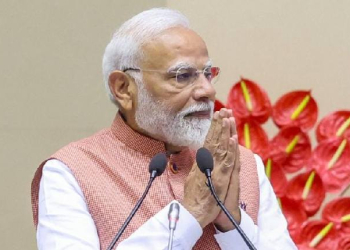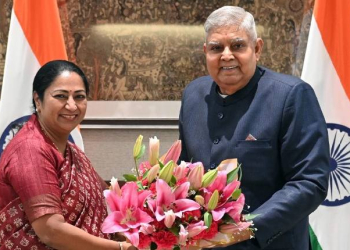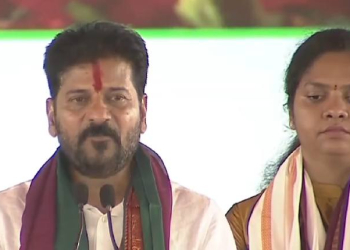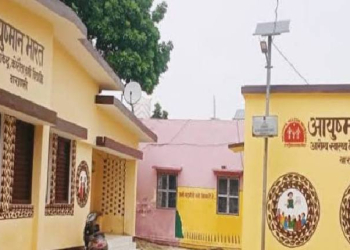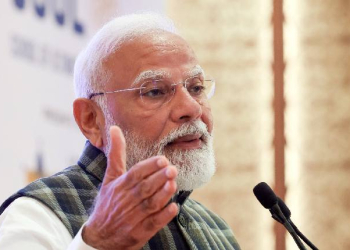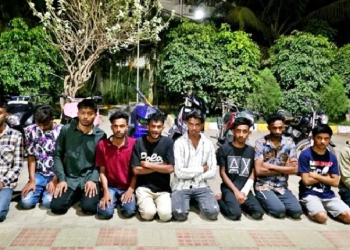New Delhi: Asian neighbours India and China — two of the leading economic powerhouses, have had a long-standing history of disputes and diplomatic tiffs that date back to their 1962 war.
Even as the two countries on the global platforms have underlined the need to maintain a meaningful bilateral relation, tensions do keep up surfacing intermittently.
In the last eight years, since the BJP-led NDA came to power at Centre, the two countries held at least 22 rounds of bilateral talks but still their relations remain tense.
Experts, who keep eye on India-China bilateral relations, are of the view that the construction of roads in eastern Ladakh region is one the reasons why the tension between the two have escalated during the past few years.
According to an annual report by the Indian Defence Ministry, an area for construction of 3,812 km-long road was identified near the India-China border, of which 3,418 km of construction work was given to the Border Roads Organisation (BRO) and most of the projects have been completed.
Though instances of minor skirmishes on borders were reported in past as well, but now the things are getting uglier and these altercations are getting more frequent and violent.
Chinese infrastructure built-up is getting dense on Line of Actual Control (LAC) with construction of bridges and runways, forcing India to increase its patrolling in the region.
The escalation of conflict is linked to several crucial events during the recent years. One such event was India’s decision to carve out Ladakh into a separate Union Territory.
China had opposed this decision, claiming that the reorganisation would directly “impede China’s sovereignty”
Apart from the 38,000 sq km area of Aksai Chin, China also controls over 5,000 sq km of Shaksgam valley — spread around the Shaksgam river that flows parallel to the Karakoram ridge line.
Although the Shaksgam valley was captured by Pakistan in 1948, in the 1963 Sino-Pakistan Agreement, Pakistan recognised Chinese “sovereignty” over it.
Today, Pakistan and China do trade via the Karakoram highway built over here. Realising the significance of this route, China wants to gain more strength in the Ladakh region.
Apart from this, China’s internal politics also plays a significant role behind the mounting conflicts with India.
Many experts believe that Chinese President Xi Jinping is going through the most difficult phase of his rule.
Be it the violent protests in Hong Kong, or the complications on the Taiwan front, the Communist government in China is facing the wrath from all sides.
There is also increasing international criticism over Beijing’s policies against the Uyghur Muslims of China’s Xinjiang province.
Apart from these, the ongoing investigation on the origin of coronavirus is another major cause of concern for the Chinese government.
(IANS)



